Every gardener has a “first plant” story — and unfortunately, many of those stories involve accidentally killing it. If you’re new to gardening, you’re not alone in wishing you had some insider knowledge before that happened.
These 16 essential tips cover the common mistakes and surprising facts that many beginners overlook. From watering habits to light preferences, understanding these details can save your plants and boost your confidence in the garden.
Whether you’re nurturing houseplants or starting an outdoor garden, learning what to avoid early on will help your green space thrive. Avoid rookie errors and turn your plant-killing streak into a flourishing success story.
Understanding Soil pH
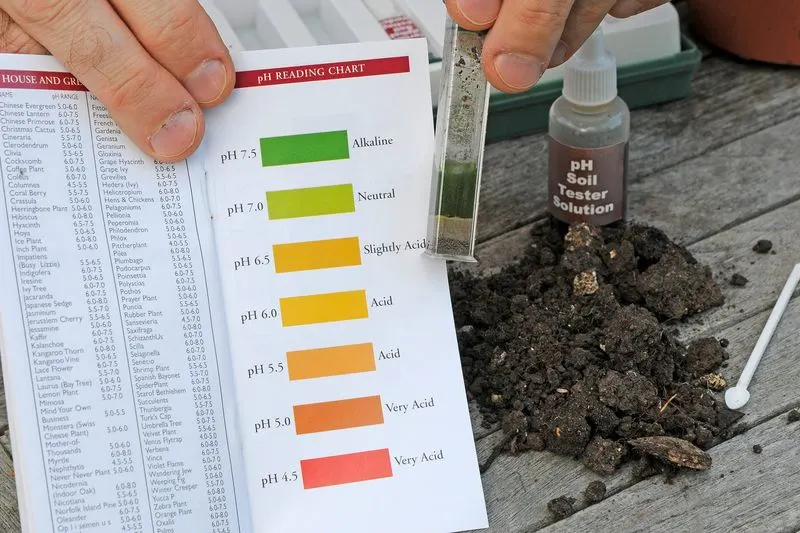
Soil pH can be the silent killer of plants. Many beginners don’t realize that different plants require different pH levels to thrive. Testing your soil before planting can prevent unnecessary heartbreak. A simple test kit is affordable and provides crucial insights into what your garden needs. Adjusting soil pH isn’t as daunting as it seems. Lime can raise pH, while sulfur can lower it. Knowing these tweaks can make all the difference. This critical aspect of gardening is often overlooked but is essential for a healthy garden.
Proper Watering Techniques

Too much water can drown plants; too little leaves them thirsty. Finding the balance is key to successful gardening. Many beginners tend to overwater, thinking more is better. However, understanding the specific needs of each plant type is crucial. Some plants prefer dry spells, while others thrive in moist conditions. Observing soil moisture and learning about each plant’s preference prevents common watering mistakes. This knowledge will help you cater to your plant’s unique thirst, ensuring they flourish.
Recognizing Pest Signs
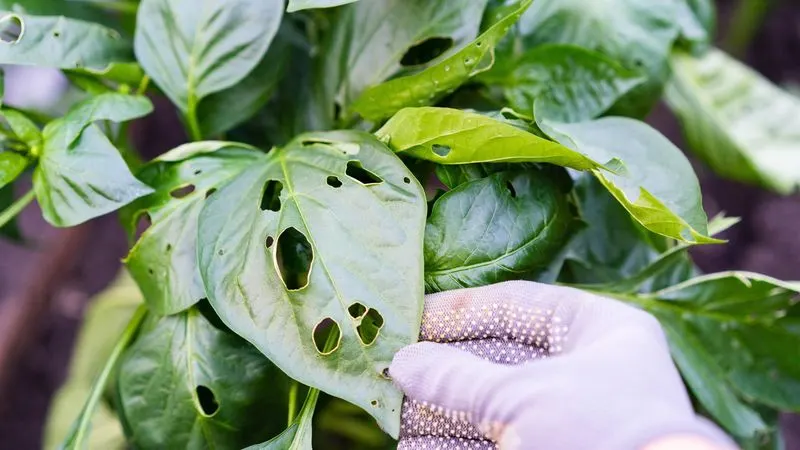
Pests can be sneaky but detrimental to plants. It’s essential to regularly check leaves for holes, discoloration, or webbing. Early detection can save plants from severe damage. Various organic methods, like neem oil or insecticidal soap, provide effective pest control without harsh chemicals. Encouraging beneficial insects, such as ladybugs, can also help maintain a balance. Understanding these signs and solutions ensures your plants remain healthy and vibrant without resorting to chemical warfare.
The Importance of Sunlight
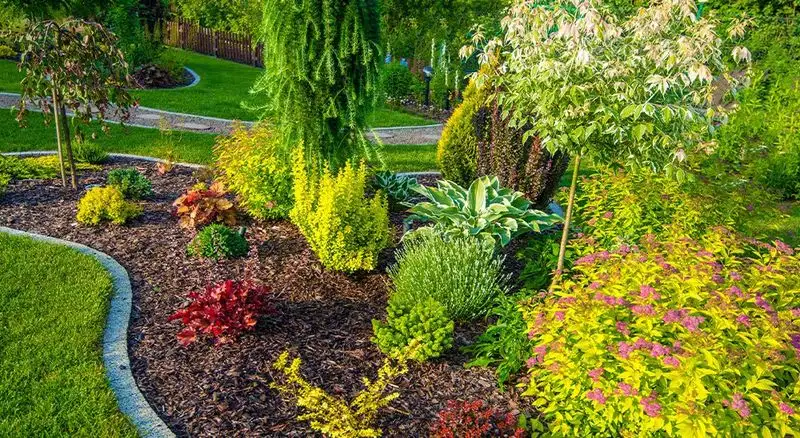
Plants have different sunlight needs. While some bask under full sun, others may wilt without adequate shade. Observing your garden’s sunlight patterns throughout the day helps you plant wisely. Too much sun can cause leaf burn, while too little stunts growth. Paying attention to these needs guides you in placing each plant in its ideal spot. This knowledge is vital in creating a harmonious garden where every plant can thrive under the sun’s nurturing rays.
Choosing the Right Fertilizer
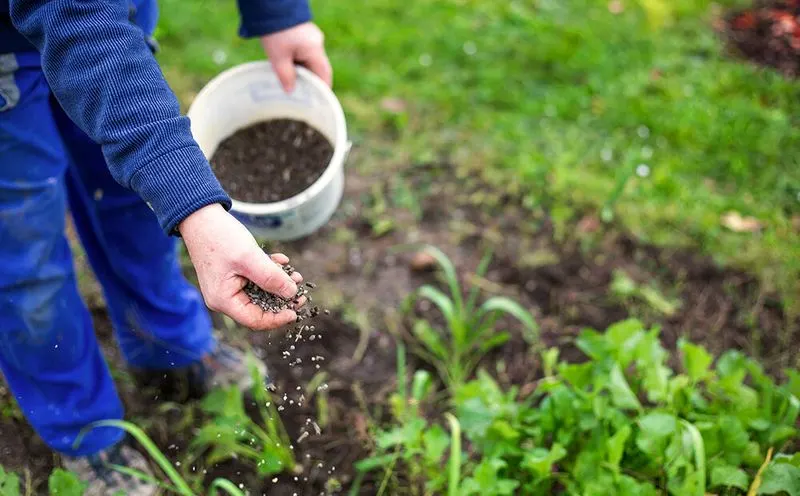
Fertilizers fuel plant growth, but not all are created equal. Over-fertilizing can harm plants, leading to nutrient burn. Understanding the nutrient needs of your plants helps in selecting the right fertilizer. Organic options, such as compost, offer a balanced nutrient supply without synthetic additives. Reading labels and knowing the NPK ratio (Nitrogen, Phosphorus, Potassium) is crucial. This knowledge allows you to cater precisely to your plant’s dietary needs, ensuring robust growth and vibrant blooms.
Planting at the Right Time

Timing is everything when it comes to planting. Each plant has its preferred season. Planting too early or too late can hinder growth and lead to disappointment. A planting calendar becomes an indispensable tool, guiding you through the best times to plant different species. Understanding frost dates and seasonal temperature changes will ensure your plants have the best start. By aligning planting with nature’s schedule, you set your garden up for success.
Companion Planting Benefits
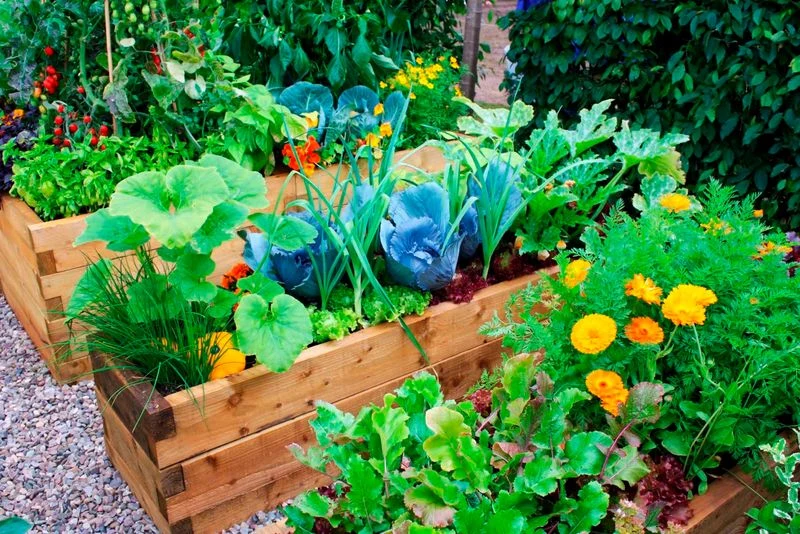
Some plants thrive when grown together, benefiting from each other’s presence. Known as companion planting, this technique can maximize growth and deter pests. Marigolds, for instance, repel nematodes when planted with tomatoes. Learning these beneficial pairings can enhance garden health and productivity. It’s a natural way to boost growth and protect plants without chemical interventions. This method not only makes for a visually appealing garden but also a thriving ecosystem.
Avoiding Overcrowding
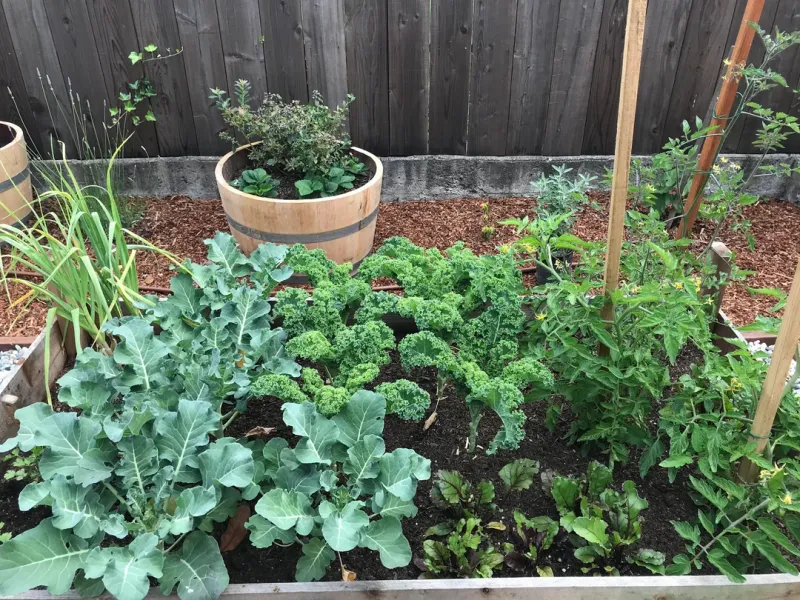
Too many plants compete for resources, leading to stunted growth. Giving each plant enough space allows roots to expand and access nutrients. Overcrowding can also inhibit air circulation, increasing disease risk. Planning your garden layout with spacing in mind ensures each plant gets its fair share of sunlight and nutrients. Adequate spacing leads to a healthier, more productive garden, where plants can reach their full potential without undue competition.
Recognizing Signs of Overwatering
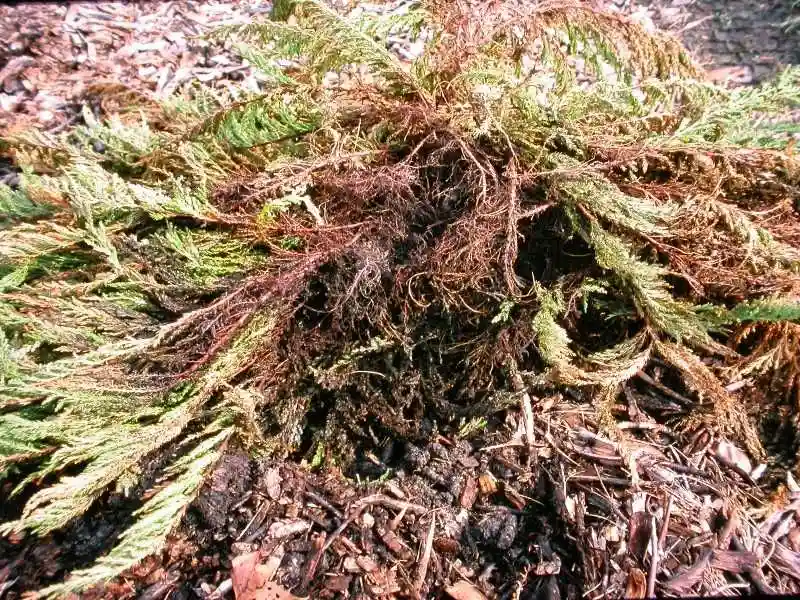
Overwatering is a common mistake, often mistaken for a sign of care. However, it can drown roots, leading to yellowing leaves and stunted growth. Recognizing these symptoms helps prevent irreversible damage. Allowing soil to dry out between waterings and ensuring proper drainage can save your plants. Adjusting your watering routine based on weather conditions and plant type is crucial. This awareness ensures your plants receive just the right amount of water to thrive.
Soil Quality and Types
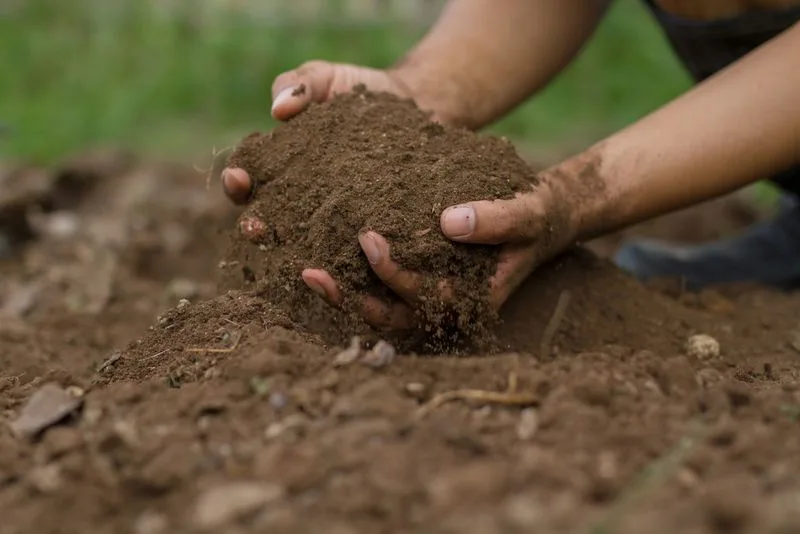
Not all soil is created equal. Understanding your soil type—whether it’s clay, sandy, or loamy—can inform your gardening approach. Each type has unique properties affecting water retention and nutrient availability. Clay soil holds water but may suffocate roots, while sandy soil drains quickly but might lack nutrients. Loamy soil, often ideal, balances these traits. Amending soil with organic matter enhances its quality, providing a nurturing environment for your plants to thrive.
Pruning for Growth
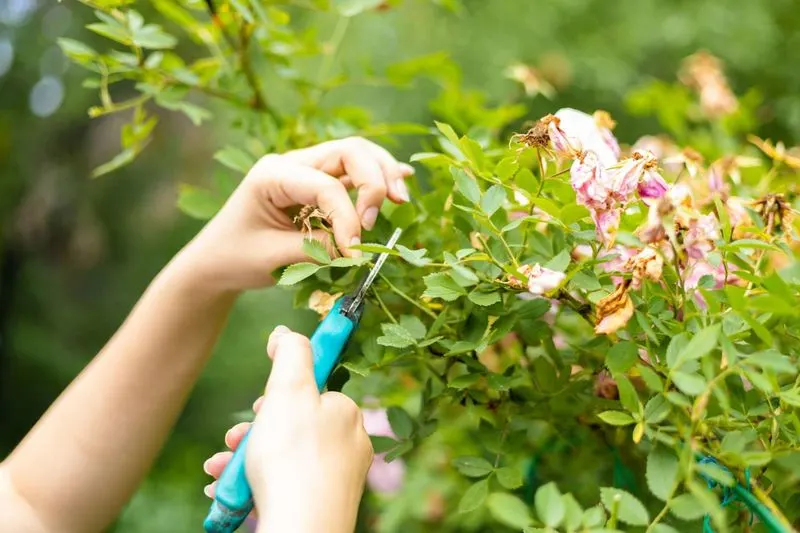
Pruning isn’t just about aesthetics; it’s vital for plant health and growth. Removing dead or diseased branches allows resources to focus on new growth. It also shapes the plant, improving air circulation and preventing disease. Learning when and how to prune each plant type is essential. Proper pruning encourages robust blooms and fruit production, ensuring your plants thrive. These techniques can transform a struggling plant into a flourishing centerpiece in your garden.
Mulching Advantages
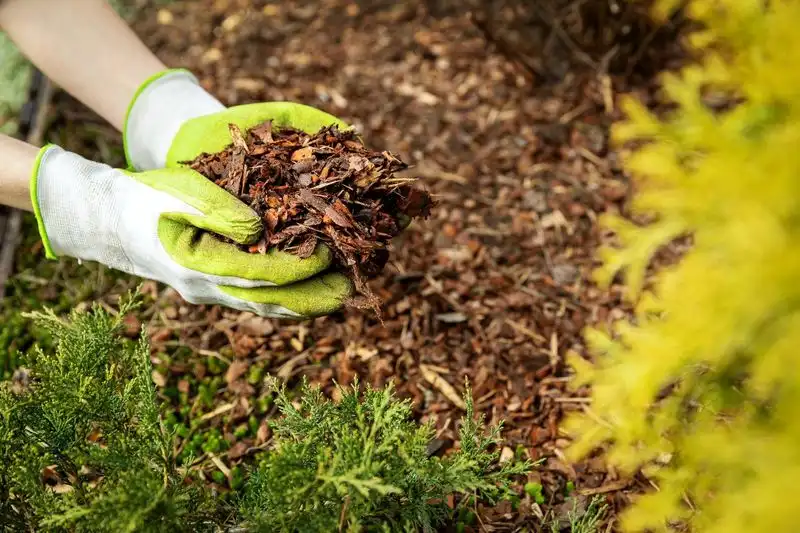
Mulch offers more than just a tidy appearance. It retains soil moisture, regulates temperature, and suppresses weeds. Organic mulches break down over time, enriching the soil with nutrients. Applying mulch around plants protects roots from temperature extremes and conserves water. Understanding the right type of mulch for your plants enhances these benefits. This simple yet effective technique contributes to a lush, healthy garden, making it an indispensable tool in your gardening toolkit.
Dealing with Transplant Shock
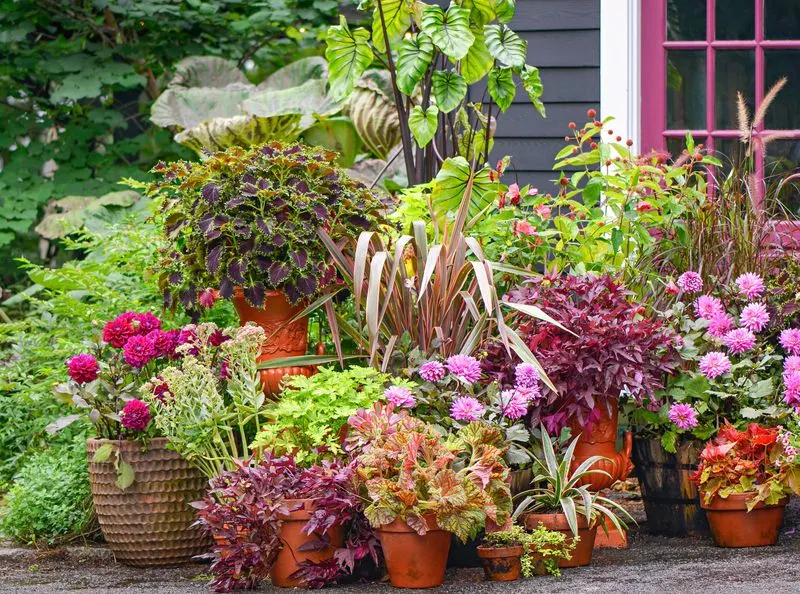
Transplanting can stress plants, causing wilting and growth delays. Handling roots gently and watering adequately can minimize shock. Choosing the right time to transplant, preferably during cooler parts of the day or season, aids recovery. Providing shade and reducing water loss through pruning can help plants adjust to their new environment. Understanding these steps ensures successful transplantation, allowing plants to establish quickly and continue growing strong.
The Role of Organic Matter

Organic matter is the lifeblood of fertile soil. Adding compost or manure enriches the soil, improving its structure and nutrient content. It enhances water retention in sandy soils and drainage in clay soils. Regularly incorporating organic matter supports a diverse soil ecosystem, promoting plant health and resilience. Knowing how to create and use compost can transform your garden soil, leading to healthier plants and more productive yields.
The Benefit of Garden Journals
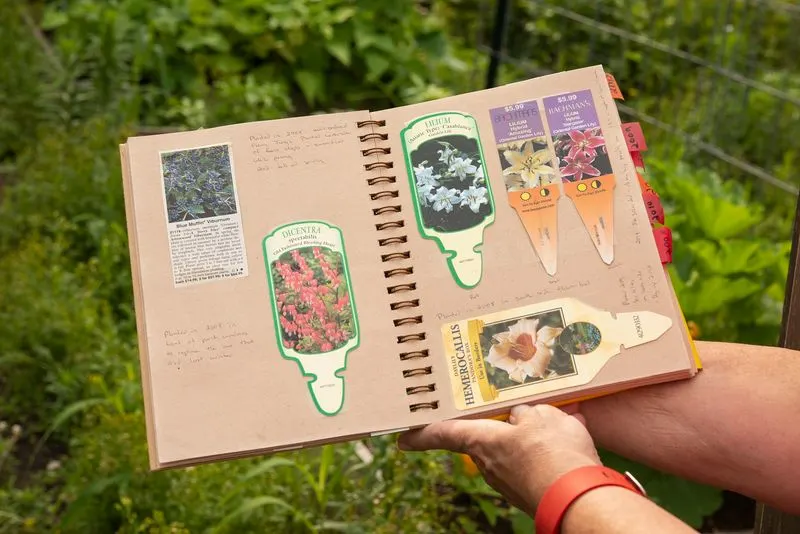
Keeping a garden journal can be invaluable. Recording planting dates, weather conditions, and plant progress helps track successes and learn from failures. This habit fosters a deeper understanding of your garden’s unique needs and challenges. Over time, it becomes a personalized gardening guide, capturing insights that improve future planting. It also provides a space to celebrate successes and troubleshoot issues, making it an essential companion for any dedicated gardener.

